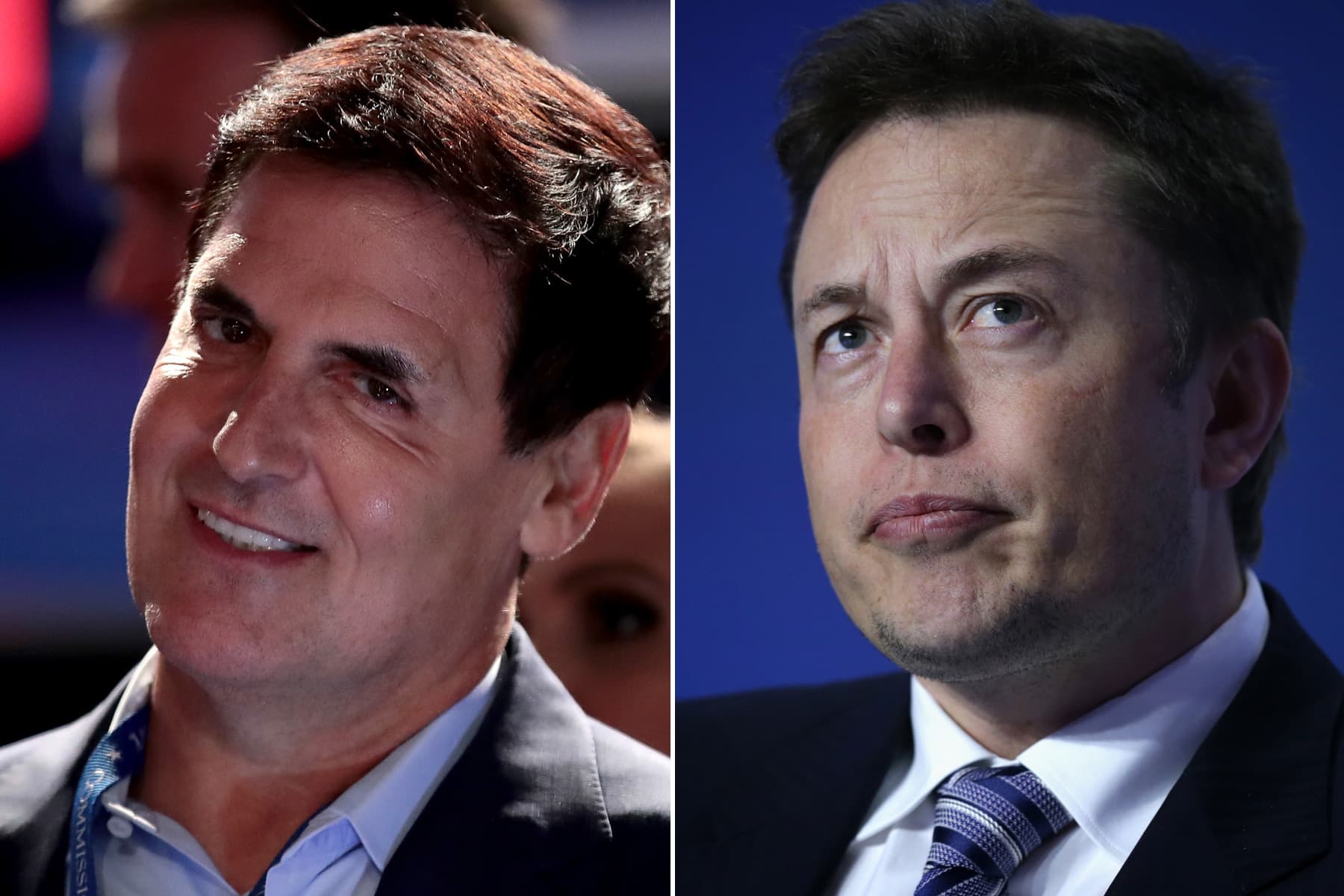LONDON: UK inflation fell less than expected last month, fuelling doubt about when the Bank of England (BoE) can start cutting interest rates.
The Consumer Price Index or CPI rose 2.3% from a year ago in April, down from 3.2% the previous month, the Office for National Statistics said yesterday. It was above with the BoE and economists’ expectations for a reading of 2.1%.
While inflation is now at its lowest since the summer of 2021, evidence of lingering price pressures is likely to make BoE governor Andrew Bailey and his colleagues more reluctant to move quickly in easing off on the highest borrowing costs in 16 years.
Services inflation – which the BoE is watching carefully for signs of domestic pressures – remained little changed at 5.9% after a 6% reading the month before. A core reading of prices that excludes volatile food and energy costs fell to 3.9% from 4.2%.
The slide in April was driven by a 12% drop in the UK’s energy price cap, a mechanism designed to protect consumers from sharp moves in natural gas and electricity costs.
April is seen as a crucial month because many bills, such as mobile phone contracts, impose annual increases in that month.
Bailey said he expected “quite a drop” in April’s inflation to “much nearer to target than it was before”.
The BoE governor hadn’t seen the figure at the time of making the comment.
Prime Minister Rishi Sunak made the reducing of inflation one of his key goals last year, though easing price pressures have not resulted in an improvement in the ruling Conservative Party’s standing in polls.
The Labour opposition leads by about 20 percentage points even though a number of economic indicators showed the economy has turned the corner after a mild recession last year.
Chancellor of the Exchequer Jeremy Hunt has said he hopes the BoE can reduce borrowing costs and deliver a “feel good factor” before an election.
The BoE has signalled that it may cut interest rates this summer if price pressures cool as it expects. Markets are pricing in a strong chance of a reduction on June 20 and are almost certain it will come by early August.
The nine-member Monetary Policy Committee has previously stressed the importance of two rounds of inflation and jobs data between the May and June meetings for determining whether underlying price pressures have eased enough to consider cutting rates .
While the first batch of jobs data last week showed more signs that the labour market is loosening, wage growth remained stubbornly elevated at 6% – levels the BoE sees as too high to keep inflation down sustainably.
It means that the second round of labour market figures due just over a week before the BoE decision is seen as crucial to the thinking of rate-setters. — Bloomberg

